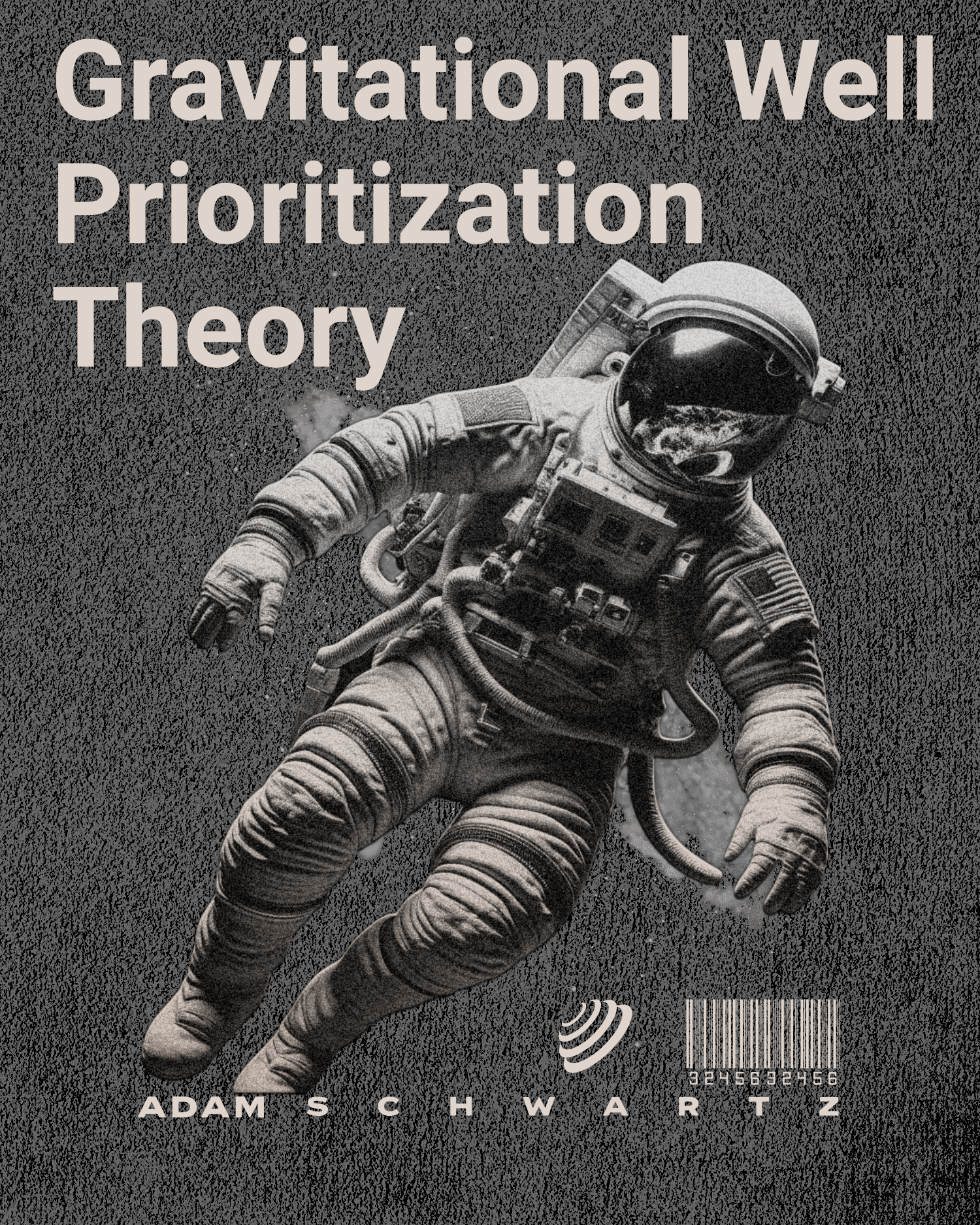Navigating the Gravitational Pull of Trauma: A Journey to Healing
- 6 mins
Recently, as I prepared for a presentation to the Joining Community Forces group, my goal was to highlight a problem I’d noticed: our communities current, individualized approach to veteran care often misses the bigger picture. I wanted to showcase a better problem-solving method — one that addressed the total needs of veterans, not just the narrow scope of a single program.
But when I ran my approach by my wife, she pointed out something critical: while my analysis was spot-on, my delivery was so direct that it could easily be perceived as harsh. Highlighting failures and inadequacies, even with the best intentions, could cause me to be ostracized by the very community I was trying to help, and ultimately render any future goals useless.
She was right. So, I shifted gears.
I decided to work with AI to create a game, an interactive way to let groups prioritize various veteran needs without feeling attacked. The game would naturally reveal how focusing only on one's own program isn’t always the most impactful way to assist veterans.
At first, I structured it like a simple prioritization exercise, columns, lists, ranks. But as I practiced, something didn’t sit right. Real life isn't linear. Problems don’t queue up in neat rows. Two (or more) problems can exist simultaneously, impacting veterans in ways that interact and compound. Prioritizing in a straight line wasn’t enough.
That’s when my experience as a JTAC (Joint Terminal Attack Controller) kicked in. One of the greatest skills we learn in combat is to think in three dimensions — height, width, and depth — when planning air support operations.
But the more I thought about it, I realized:
We weren’t just planning in 3D — we were thinking in four dimensions: height, width, depth, and time.
Time changes everything. In combat, as in healing, timing the sequence, the urgency, the fleeting opportunity, can be as critical as space.
This realization led me down a mental rabbit hole: some of history’s greatest minds, whether scientist, mathematicians, or artists, have drawn inspiration from nature and the universe. Think of the Fibonacci sequence: 1, 1, 2, 3, 5, 8, 13, 21, 34 etc and how it appears everywhere from sunflowers to spiral galaxies.
Then I thought about black holes. About Einstein’s General Theory of Relativity.
About how trauma, like a black hole, can create such a strong gravitational pull on a person that even light (hope), struggles to escape.
And with that, my theory for prioritizing trauma and healing was born.
The Gravitational Well of Trauma
Healing from trauma, especially for veterans, feels like fighting against an invisible yet overwhelming force, like trying to escape a black hole’s gravitational pull.
Think of trauma as a dense mass embedded in the fabric of your physical, emotional, and mental space.
Just like a black hole warps space-time, trauma can warp a veteran’s reality, pulling them into cycles of flashbacks, anxiety, depression, and emotional shutdown.
The deeper the trauma, the denser the mass of that trauma, and the stronger its pull.
Left unaddressed, trauma becomes a heavy, distorting force that affects relationships, careers, health, and every aspect of life, not just for the veteran, but for their family and community as well.
Escape Velocity: The Effort to Break Free
In space, to escape a planet’s gravitational pull, you must reach escape velocity, a specific speed and energy that allows you to break free.
In healing, escape velocity represents the tools, resources, and personal effort veterans need to overcome the weight of trauma.
Therapy, peer support, creative expression, physical exercise, and spiritual practices, all of these add momentum. But it’s not a one-time event.
Breaking free from trauma’s gravity is a process, not a single rocket launch.
Each coping skill, each small success, adds more energy until the veteran can finally pull away from trauma’s heaviest grip.
Reaching Stable Orbit: Healing and Balance
Even after a spacecraft escapes Earth's gravitational pull, it doesn’t drift aimlessly. Its trajectory is governed by the gravitational fields of other bodies. Mission planners know this and often use techniques like the slingshot effect, leveraging the balance between forward motion and gravitational forces, to reach destinations like Mars and return efficiently.
Similarly, healing doesn’t erase trauma. It integrates it. Veterans who heal find a way to live with their past without being ruled by it. They utilize that gravitational pull to their advantage much like the sling shot effect to establish new patterns, new identities, and new missions.
Success isn’t the absence of struggle, it’s the ability to move forward with resilience, no longer defined by old wounds.
The Healthy Gravitational Pull: Grounding without Crushing
Interestingly, we need gravity to survive. Without it, we’d drift aimlessly.
Veterans healing from trauma need anchors too, sources of positive gravitational pull to stay grounded without becoming trapped:
-
Supportive relationships (family, friends, peers)
-
Healthy coping mechanisms (art, fitness, meditation)
-
Purposeful work (volunteering, careers, mentorship)
-
Community connection (veteran organizations, support groups)
Healthy gravity provides stability without suffocation. It gives veterans the structure they need to grow, heal, and thrive.
Trauma as a Dynamic System: 4D Thinking
Going back to my preparation for Joining Community Forces —
When we think of veterans’ needs, we can’t line them up neatly in a row like a checklist.
Problems coexist. Variables interact. Needs change with time.
Each issue: homelessness, mental health, employment, reintegration, family dynamics, has its own mass.
Some issues create a deeper gravitational well than others, pulling in more resources, attention, and urgency.
If we don’t account for this dynamic gravitational system, we risk prioritizing programs that look good on paper but don't actually meet veterans where they are in reality.
True support means recognizing which issue has the most urgent mass at any given time — and shifting our focus accordingly.
Healing is a Journey, Not a Destination
Healing from trauma isn’t about "getting over it." It’s about navigating the gravitational forces around us, the past, the present, and the future, with the right tools, community, and mindset.
Veterans are not defined by their wounds. They are defined by their courage, resilience, and willingness to launch themselves towards healing, even when the gravitational pull feels impossible to escape.
Adam S
Adam, a retired Tactical Air Control Party (TACP) with multiple deployments to Iraq, has traversed various landscapes, both downrange and creatively. Today, he stands as a national award-winning photographer, as well as a published writer. and recognized on an international scale for his striking images. Beyond his accolades, Adam's journey is underscored by a resolute dedication to making a difference in the lives of his fellow veterans and current service members. It's this unwavering commitment that fuels his advocacy for tangible improvements within the lacking VA system, endeavoring to create positive and lasting change for those who have served their nation.


